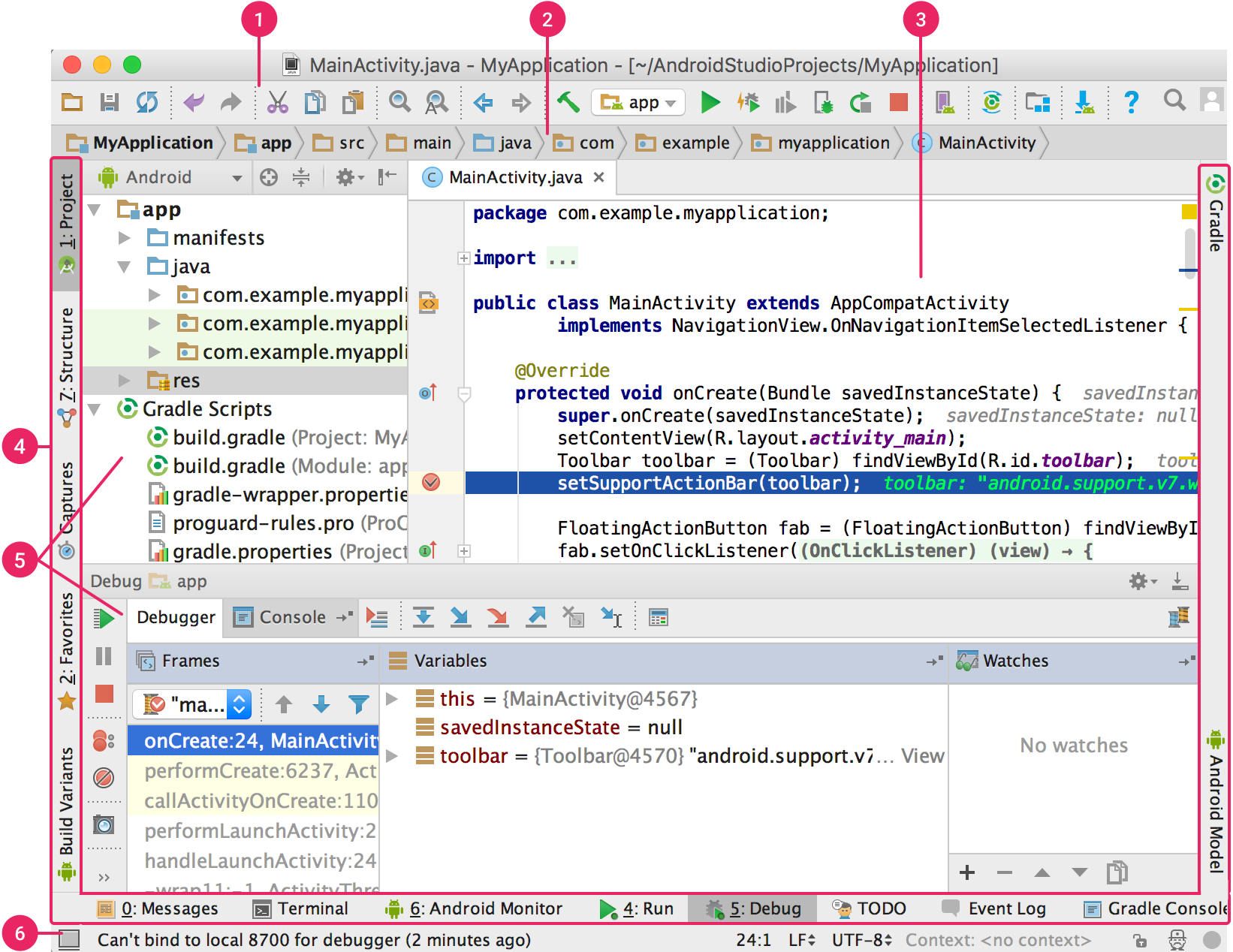


For the System Image select the latest version (the highest API Level in the list). You can select any phone from the list - for example " Pixel 3 XL" and then click " Next". Click on " Create Virtual Device." then pick a phone from the list. If the list of available Virtual Devices is empty, you will need to create a new AVD. Using a virtual device: Open Android Studio, and then open "AVD Manager" - if you are on the welcome screen, then it's under the Configure › AVD Manager dropdown, otherwise it's under the Tools › AVD Manager menu. Using a physical device: Connect the device using a USB cable, and follow the instructions from Running on a physical device To run a NativeScript app, you will need an Android device - either a physical or a virtual device. If you see No issues were detected then you have successfully set up your system. to create the ANDROID_HOME user variable that points to the path of the Android SDK:

Setting up the Android development environment can be daunting if you are new to Android development, however following the next steps carefully will get you up and running in no time.ĭownload and install Android Studio. Choco install - ynodejs.install temurin11


 0 kommentar(er)
0 kommentar(er)
